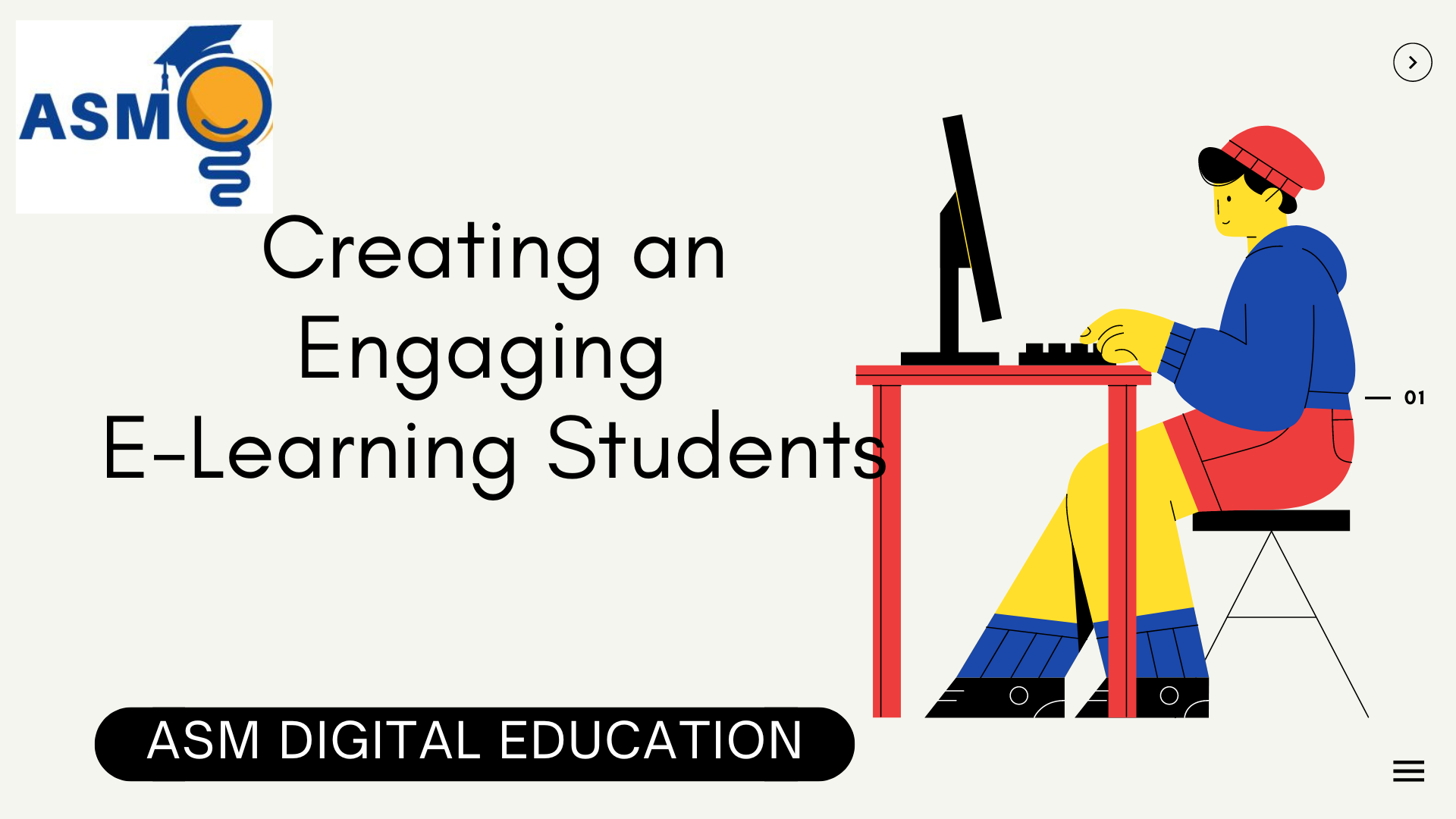E-LEARNING – THE ULTIMATE GUIDE TO CREATING AN ENGAGING E-LEARNING EXPERIENCE FOR YOUR STUDENTS
1. Understand Your Audience:
Identify the characteristics, preferences, and learning styles of your target audience.
Consider their age, educational background, and technological proficiency in E-LEARNING.
2. Set Clear Learning Objectives:
Define specific, measurable, achievable, relevant, and time-bound (SMART) learning objectives.
Ensure that the objectives align with your students’ needs and goals.
3. Interactive Content:
Include a variety of multimedia elements such as videos, images, simulations, and quizzes.
Use interactive activities to keep students engaged, like discussions, polls, and group projects.
4. User-Friendly Platform:
Choose a user-friendly learning management system (LMS) with a clean interface.
Ensure easy navigation and accessibility for all users, including those with disabilities.
5. Mobile-Friendly Design:
Optimize your e-learning platform for mobile devices to accommodate learners on the go.
Ensure responsive design for seamless accessibility across different screen sizes.
6. Gamification:
Integrate game elements such as badges, leaderboards, and rewards to enhance motivation.
Gamification can make learning more enjoyable and foster healthy competition.
7. Feedback Mechanism:
Provide timely and constructive feedback on assessments and assignments.
Encourage peer-to-peer feedback and self-assessment to promote active learning.
8. Collaborative Learning:
Facilitate discussion forums, group projects, and collaborative activities.
Foster a sense of community and shared learning experiences among students.
9. Adaptive Learning Paths:
Personalize learning journeys based on individual student progress and performance.
Adaptive learning technologies can tailor content to meet the needs of each learner.
10. Real-World Application:
Include real-world examples and case studies to demonstrate practical application.
Relate theoretical concepts to industry scenarios for a more meaningful learning experience.
11. Regular Assessments:
Incorporate regular assessments to gauge understanding and retention.
Use a variety of assessment formats, including quizzes, essays, and practical projects.
12. Clear Communication:
Establish clear communication channels for students to reach out for help.
Regularly update students on course progress, upcoming activities, and any changes.
13. Continuous Improvement:
Collect feedback from students and use it to make continuous improvements.
Stay updated on e-learning trends and technologies to enhance your course over time.
14. Tech Support:
Provide reliable technical support to address any issues students may encounter.
Include troubleshooting guides and FAQs to assist with common problems.
15. Promote Self-Directed Learning:
Encourage students to take control of their learning journey.
Provide resources and guidance for further exploration beyond the core curriculum.
By combining these elements and continually refining your approach based on student feedback and evolving educational technologies, you can create an engaging and effective e-learning experience for your students.


